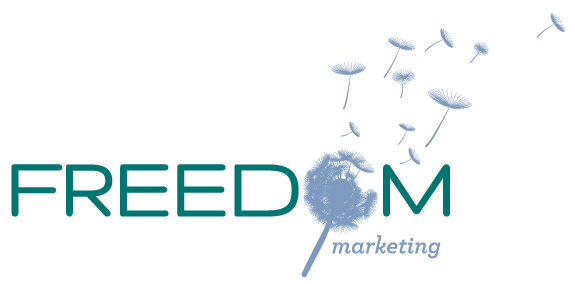As COVID-19 rapidly spread in 2020, companies all over the globe were forced to find a new way of working. Employees had to figure out how to adjust to working from their couch while they found a corner that they could deem a ‘home office’. Many simultaneously juggled remote learning for their kids and getting their dog to stop barking during Teams meetings. As vaccines have rolled out and corporations have begun returning to the office, we’re faced with two questions: Is remote work the new normal? Should it be?
After all, for workers who can execute remotely and have proven it for over a year, what’s the need for a physical office? On the other hand, are we missing out by not connecting to our clients or colleagues face-to-face?
Remote work has allowed many of us to adopt a more heads-down style, no longer distracted by the busy office environment or spending time by the water cooler for chats with your colleagues. While not everyone can be entirely distraction free at home, for some it certainly has allowed for increased productively in a more comfortable work environment. Instead of working around the office structure, remote workers are granted far more flexibility in their work style and pace. This urges us to reflect on whether the time spent in office is truly productive, or by working remotely, is our time utilized more efficiently and with more focus.
One of our previous blog posts discussed an experiment we did with a sort of heads-down approach. You can read more about what we found here. We checked our emails and responded to messages only three times a day, turning off all notifications and lessening our distractions as we worked. While that experiment seemed almost radical—to be truly disconnected and distraction free in a time where you can reach anyone with the click of a button—it prompts another question. Could this be done in an office setting? Could anyone truly be heads-down and focused with so much happening around you, or was this only possible because of our remote work environment?
On the other hand, perhaps the water cooler chats are more important than we think. Building a sense of teamwork and familiarity with your colleagues is not as easy when you aren’t face-to-face each day. When in-office, it seems natural to chat with colleagues about weekend plans and how they’re doing. These friendly interactions may have fallen by the wayside as we transitioned into remote work, instead only sending a message when it pertains to project deadlines and next steps. Are we losing out on something by trading in traffic packed daily commutes for a home office and conference room slots for matters that could be solved with a quick Teams chat?
The truth is that there is no right answer for whether remote or in office work is more productive or beneficial. Both work styles have their share of advantages and disadvantages, but after so many of us have experienced both ways of working, it at least has given us perspective. How can we adapt our working style to combine the best of both remote and in-office environments? In-office companies may be missing the flexibility and focus that remote work offers, while 100% remote work may sacrifice crucial team and relationship building that only face-to-face interactions can grant us.
Has the emergency shift to remote working changed corporate life forever? No, probably not. Although most won’t be jumping at the chance to stay remote, this forced shift to remote work has given us the chance to reassess the former status quo. Perhaps the future of corporate life will be an integration of both styles to give us more flexible work structures—remote focus when we need heads down progress and in-person brainstorming when we need creative collaboration and team building. Remote work may not be the new normal as of now, but a balance of both working styles could start to change the corporate world sooner than we think.













